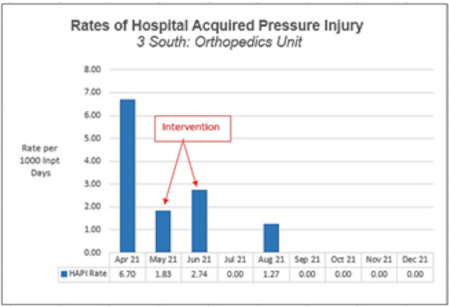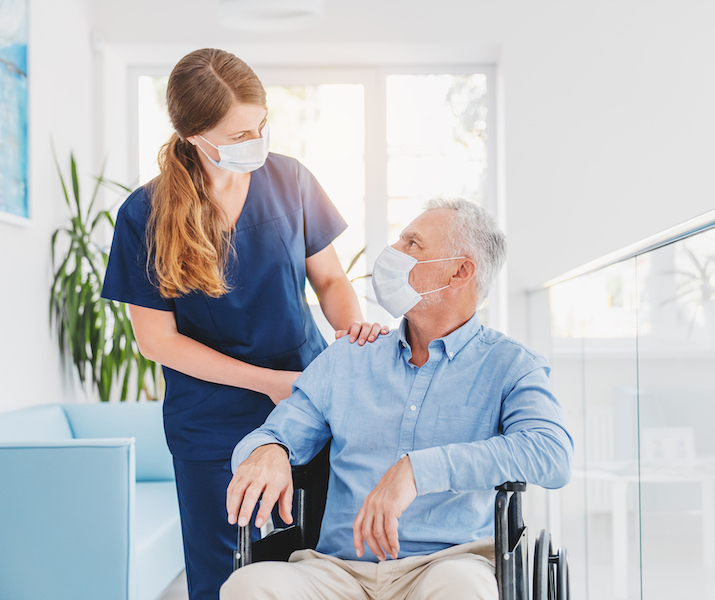
Doctors Hospital was exceedingly honored by the ANCC’s Designation as a Magnet® Hospital in 2019.
Magnet® designation and subsequent re-designation represent the highest standard of care that remains consistent for our patients. It has provided us with more than an external prestigious distinction; internally it has made our hospital a hub for empowering our nurses to reach their full potential and nursing excellence.
Achieving this performance-driven designation creates a hospital environment that inspires the nurses to attain higher patient satisfaction scores, lower complication rates, shorter lengths of stay for the patient and improved clinical outcomes. It provides opportunities for nurses to practice with greater autonomy, improved engagement, increased opportunities for professional development and education, higher nurse satisfaction scores and lower nurse turnover and vacancy.

Our Commitment to Excellence
Doctors Hospital nurses are committed to serving our patients and our community, as reflected in our mission statement . . . “to improve the health and well-being of individuals and to promote the sanctity and preservation of life in the communities we serve.”
Our commitment to providing nursing excellence through evidence-based leading practices results in high-quality competent care, sensitivity to diversity and the achievement of positive clinical outcomes. In our pursuit of excellence, we have created a practice environment that supports research and innovation and enhances the professional practice of nursing.
Nursing Contributions
Nurses are the heartbeat of our hospital. They make invaluable contributions to Doctors Hospital’s outstanding reputation for clinical and service excellence through their initiatives which have been classified under the four Magnet® model components with an emphasis on empirical outcomes:



